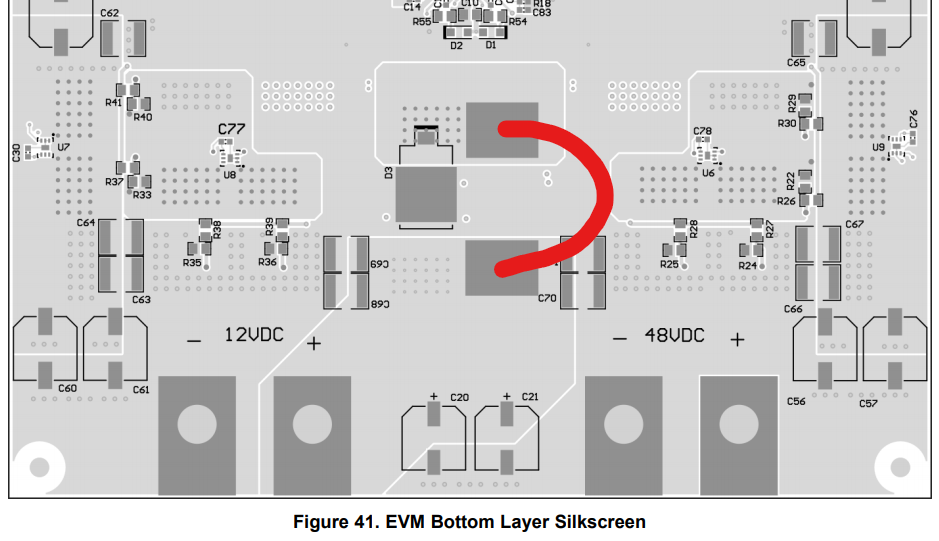Other Parts Discussed in Thread: LM5170
Hi all,
I would like to know how the EVM can be configured 6-phase operation. I thought that the 3 EVMs are able to work by 6-phase operation if the voltage controlling loop is removed from 2 EVMs. Can you advise me the appropriate configuration?
Regards,
RYO



